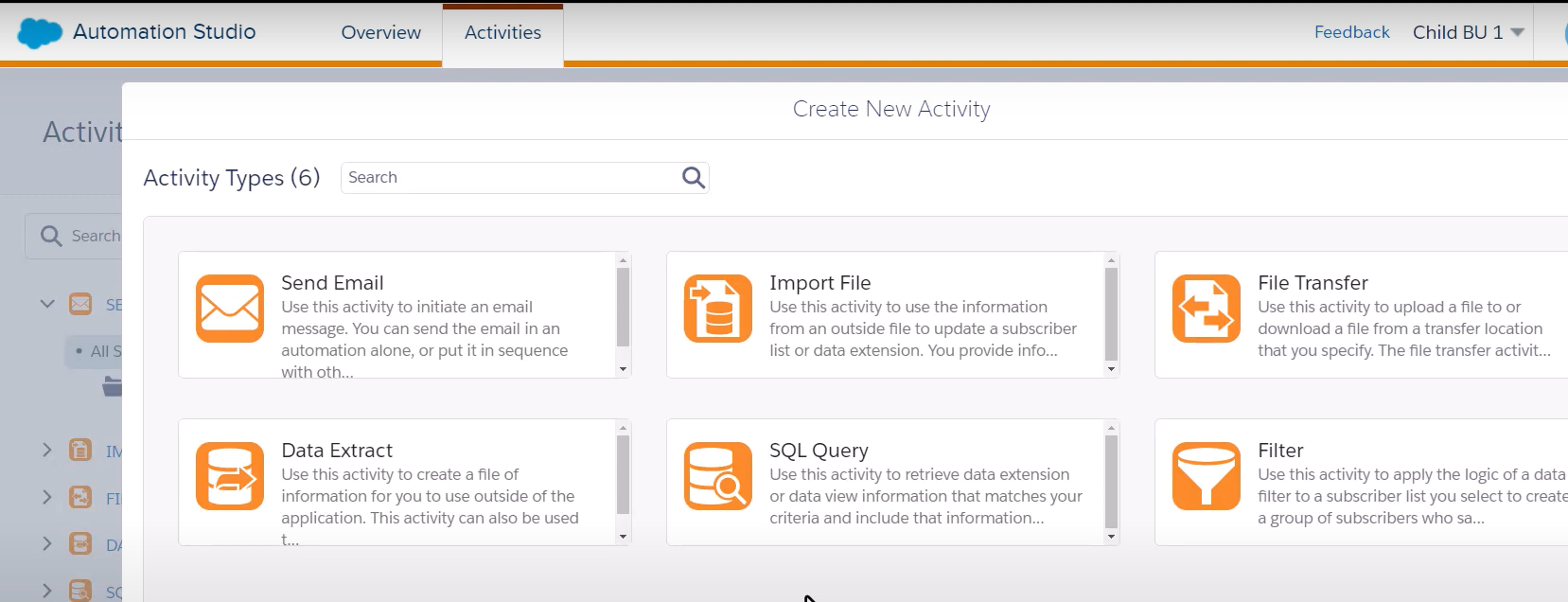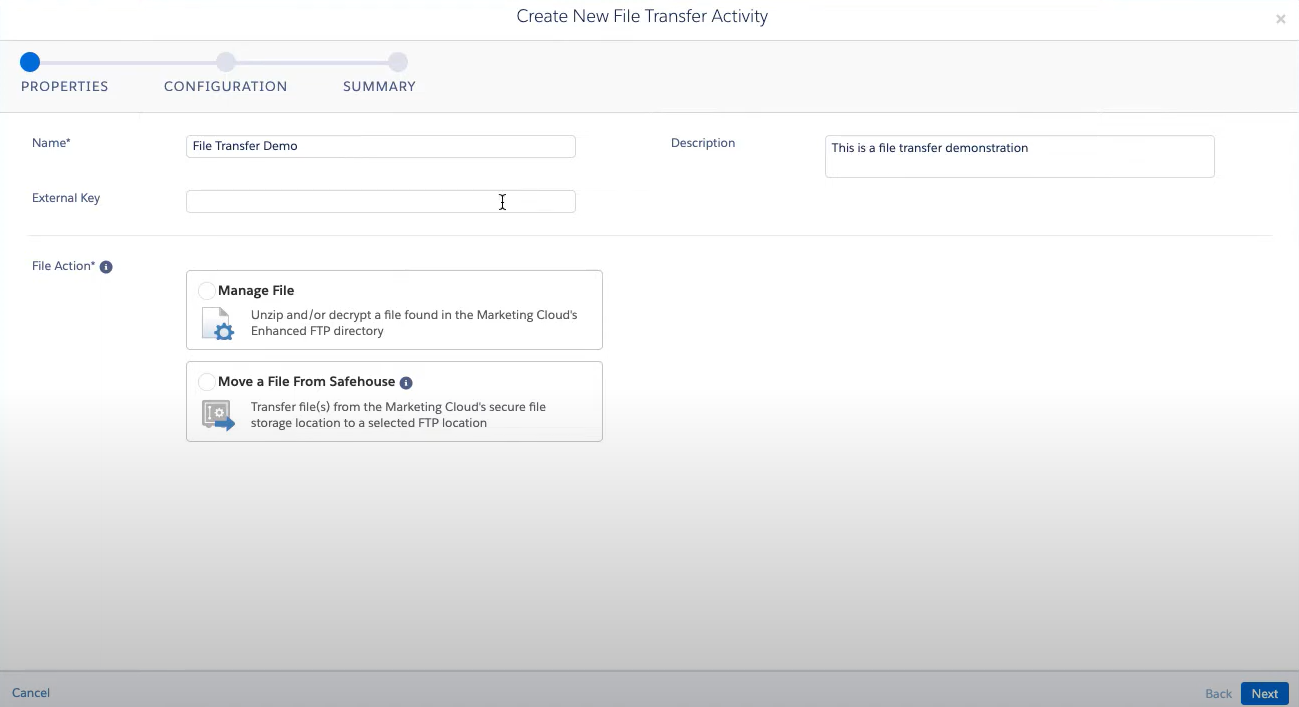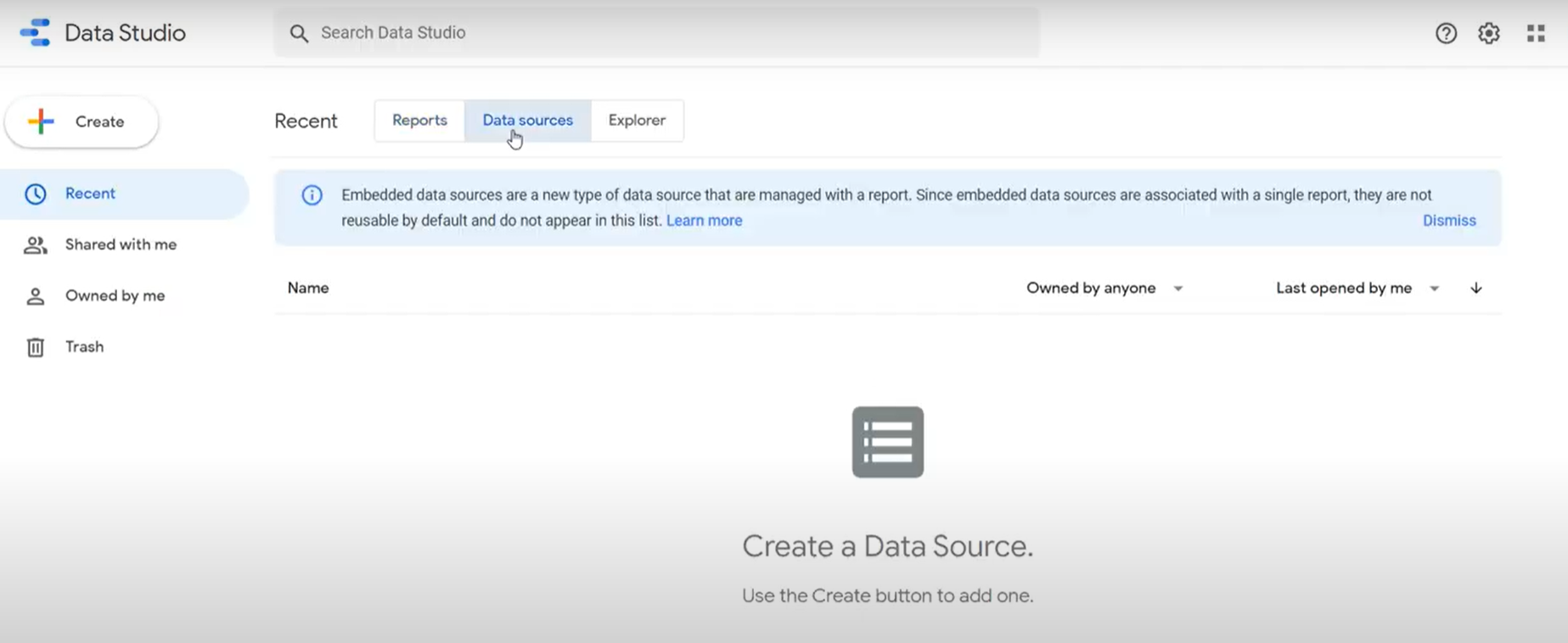Do you want to visualise your Salesforce Marketing Cloud data in Looker Studio?
Are you finding it challenging to load your data from Salesforce Marketing Cloud to Data Studio? If yes, then you’ve landed on the right page!
This article aims at providing you with a step-by-step guide to help you integrate Salesforce Marketing Cloud with Data Studio for a fruitful analysis of your marketing campaign performance, strategies and customer behaviour!
Table of Contents
Why Connect Salesforce Marketing Cloud to Looker Studio
Salesforce Marketing Cloud is a tool in the Salesforce ecosystem that provides digital marketing automation services to help businesses understand their customers better. Using the Marketing Cloud, marketers can have two-way, real-time interactions with customers in the form of ads, emails, etc.
By connecting Marketing Cloud to Google Data Studio, you can leverage all the visualization features that Data Studio offers. Data Studio is an easy-to-use and free tool that makes it very attractive to many marketers.
Hevo helps you migrate your data from multiple sources to a single destination, creating a single source of truth. Easily make your data analysis ready for your data visualization.
Hevo helps you with:
- Seamless Integration: Consolidate data from multiple sources into one destination.
- Single Source of Truth: Ensure accurate and consistent data for your analysis.
- Analysis-Ready Data: Transform and prepare your data for immediate use.
Experience hassle-free data migration with Hevo. Explore Hevo’s capabilities with a free personalized demo and see how you can benefit.
Get Started with Hevo for FreeMethod 1: Using Tracking Extract Activity to Load Data from Marketing Cloud to Looker Studio
- Step 1: Create a Tracking Extract Activity
- Step 2: Create a File Transfer Activity
- Step 3: Schedule an Automation
- Step 4: Use an FTP Tool to Extract your Data
- Step 5: Upload CSV Files to Google Data Studio
Step 1: Create a Tracking Extract Activity
- First of all, log into your Salesforce Marketing Cloud account and navigate to the automation studio.
- Click on the “Activities” tab and select “Create Activity” on the top-right corner.

- Select the Data Extract option and start configuring your data extract.
- From the Extract Type drop-down, select Tracking Extract in the Marketing Cloud Automation Studio.
- There is a list of tracking extract fields, such as AccountIDs, Attributes, Email Send Definition External Key, etc. that have to be configured.
Description of the Tracking Extract Fields
| Field | Description |
| Rolling Range vs Specific Range | Represents the range of time to include in the tracking extract. For a Rolling Range, choose from 1,7,30,60, or 90 days. For a Specific Range, the start and end dates are selected in the calendar fields. |
| AccountIDs | These are the accounts used to extract tracking data. |
| Attributes | To get this section, first, enable ExtractAttributes for your account. It is the accounts for which you include the Attributes file. |
| Email Send Definition External Key | Used to filter data from a specific send. |
| Output Checkboxes | Select one or more from outputs like Attributes, Bounces, Clicks, Conversions, Subscribers, Lists, etc. |
| Extract Range | It is the date range to create the tracking extract |
| Format | Choose from CSV, TSV, or XML formats to create the tracking extract. |
- In the file format field, select CSV.
- Once you are done with the configuration, you can check out the summary of your data extract.
Step 2: Create a File Transfer Activity
- Click on Create Activity in the Activity tab and select File Transfer.
- Enter the Name and Description.
- Now you will see two options: ‘Manage File’ and ‘Move a File From Safehouse’ in the file action option. Select ‘Move a File From Safehouse’.

- Click Next and move on to the Configurations tab. Now, name your file transfer activity with the same pattern as your data extract. Set the destination as “ExactTarget Enhanced FTP”.
Step 3: Schedule an Automation
- Next, you need to build automation in Automation Studio to schedule the export activity.
- Navigate to Automation Studio, the Overview tab, and click New Automation. Click Choose to select objects for this activity.

- You can now see the Workflow on the screen. Drag the schedule, file transfer, and data extract activities on to the workflow canvas.
- You can check the success rate of your workflow once you are done with this.
Step 4: Use an FTP Tool to Extract your Data
SFTP stands for Secure File Transfer Protocol. Your Marketing Cloud account comes with an SFTP. In your SFTP folder, Marketing Cloud creates Import, Export, and Reports folders. Any file that stays on Marketing Cloud SFTP for more than 21 days is eligible for removal. It is used to move files around securely. Here is how you set it up:
- Go to Setup -> Data Management.
- Click FTP Accounts.
- Click Add FTP User.
- Enter a new password and save.
The above process will allow you to access your FTP site. If you already have your SFTP set up, just copy your FTP credentials, and URL. Use a third-party FTP tool to access your SFTP server.
- Finally, use your FTP tool and log in using your credentials.
- Now you can extract your data to your computer from the Import folder.
Step 5: Upload CSV Files to Google Looker Studio
Here is how you can connect your CSV files extracted from Marketing Cloud to your Google Data Studio Account.
- Log into your Data Studio account.
- Click on the “+ Create” button on the top-left corner.
- You will see a pop-up with 3 options. Select “Data Source”.

- In the list of Connectors, you will see an option called File Upload.
- Click it and you will have the option of uploading your CSV file.
- Once you upload your CSV file, it will be shown in the Data Sets column on the left. You can use the “ADD FILES” option to select more CSV files. Click “CONNECT” on the top right corner.
- Click on “CREATE REPORT” on the top-right to load the dataset into your new report.
Conclusion
- You have seen how to connect Marketing Cloud data to Looker Studio to visualize it. This will help you gain more insights out of your Marketing Cloud data.
- But in reality, that is not enough. To gain a better understanding of your customers, you need a more unified view using data from a diverse set of sources.
Extracting complex data from a diverse set of data sources to carry out an insightful analysis can be a challenging task and this is where Hevo saves the day! Hevo Data provides its users with a simpler platform for integrating data from 150+ sources for Analysis. It is a No-code Data Pipeline that can help you combine data from multiple sources. Try a 14-day free trial and experience the feature-rich Hevo suite firsthand. Also, check out our unbeatable pricing to choose the best plan for your organization.
FAQ on Marketing Cloud to Looker Studio
1. How do I export data from Salesforce Marketing Cloud?
– Data Extract Activity
– Query Activity
2. Can data studio connect to Salesforce?
Yes, you can connect Google Data Studio to Salesforce
3. What is Marketing Cloud data studio?
Marketing Cloud Data Studio is a tool within Salesforce Marketing Cloud that allows marketers to access and analyze large datasets for better decision-making.
4. How do I transfer data from sales cloud to Marketing Cloud?
a) Enable Marketing Cloud Connec
b) Synchronize Data
c) Automate Data Transfer





